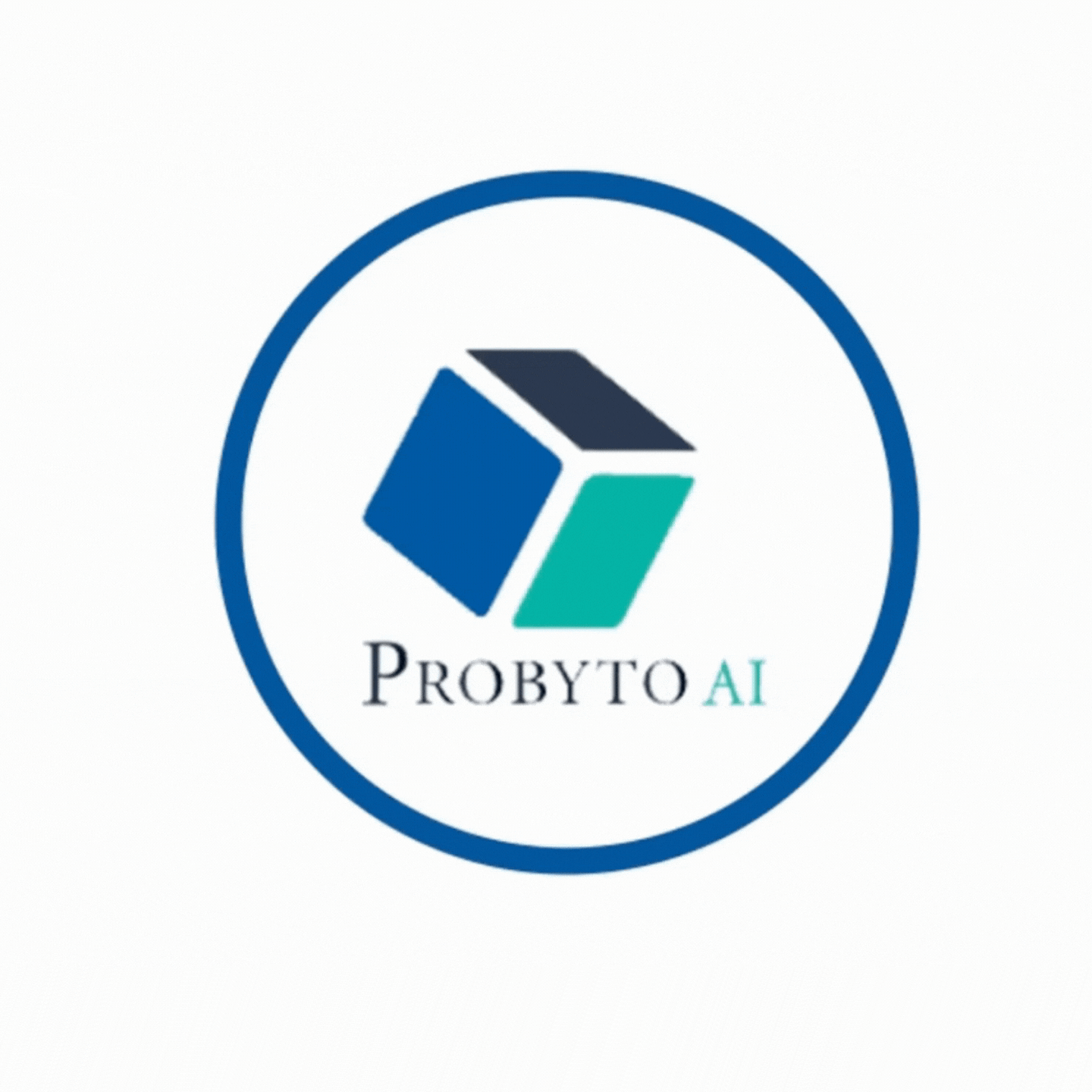The world of data-driven business is dominated by reports that heavily influence business decisions. Business Intelligence (BI) and traditional reporting methods are primarily used to generate these reports. Despite their similar approach, capabilities, and outcomes, both provide valuable information.
What is Traditional Reporting?
A traditional report is typically generated by manual processes or basic software tools such as spreadsheets. The standard has been around for decades and is still widely used today.
Key Characteristics of Traditional Reporting:
- Manual Data Entry: Manual data entry is often associated with traditional reporting, which can be time-consuming and prone to errors.
- Static Reports: Static reports are snapshots of data at a specific point in time. When new data becomes available, they do not automatically update.
- Limited Data Sources: Traditional reporting relies on data from a single source or a few sources, which may not give a complete picture of the company’s financial performance.
- Complex and Time-Consuming: Creating and updating reports manually is a time-consuming process when dealing with large volumes of data.
What is BI Reporting?
BI Alternatively, reporting is a method of gathering, analyzing, and presenting data using advanced tools and technologies. Business Intelligence platforms like Power BI, Tableau, and others automate the reporting process, making it more efficient and dynamic.
Key Characteristics of BI Reporting:
- Automated Data Collection: Business intelligence tools automatically gather data from multiple sources, reducing the need for manual entry.
- Dynamic and Interactive Reports: With real-time data updates, BI reports are dynamic. Reports allow users to drill down into details and explore different aspects of the data.
- Integrated Data Sources: BI reporting can integrate data from multiple sources, providing a more holistic view of the organization.
- User-Friendly Interface: BI tools often have intuitive dashboards and visualizations that make data interpretation and action easier.
Comparing BI Reporting and Traditional Reporting
Having a basic understanding of both methods, let’s dig deeper into their differences.
1. Data Collection and Integration
Traditional Reporting:
The traditional reporting process uses Excel spreadsheets, databases, and financial systems to collect data. Large datasets can make this process time-consuming and error-prone.
BI Reporting:
By connecting to cloud-based platforms, databases, and APIs, business intelligence tools automate data collection. A unified business view is achieved by integrating all relevant information.
2. Report Generation and Update Frequency
Traditional Reporting:
Monthly or quarterly reports are typically generated. New data does not automatically update static reports. Any changes to the report must be manually updated.
BI Reporting:
BI Dynamic, real-time reports are available. Users always have access to the most current information as new data enters the system. Real-time data is particularly useful to businesses requiring quick decisions.
3. Data Visualization and Presentation
Traditional Reporting:
Traditional reports often rely on basic charts, tables, and text to present data. Even though these formats can convey information, they may not be as engaging or easy to understand.
BI Reporting:
BI tools offer advanced data visualization options, such as interactive dashboards, heat maps, and trend lines. Visualizing the data makes it easier to identify patterns, correlations, and irregularities. Reports can also be customized to focus on specific metrics or KPIs.
4. User Accessibility and Collaboration
Traditional Reporting:
PDFs or Excel files are often used to distribute traditional reports. Multiple versions of these reports can make sharing them difficult. Often, changes made by one person do not reflect in other versions.
BI Reporting:
BI Platform design is based on collaboration. Through cloud-based dashboards, team members can access and interact with reports simultaneously. By collaborating, everyone is working from the same information, facilitating better decision-making.
Advantages of BI Reporting Over Traditional Reporting
BI reporting offers several advantages over traditional reporting, as outlined above. Now let’s take a closer look at some of these benefits.
- Improved Decision-Making
Businesses can make better decisions based on real-time data with BI reporting. To respond effectively to changes in the market, customer needs, and operational challenges, companies need to access and analyze up-to-date information as quickly as possible.
- Enhanced Efficiency and Productivity
By automating the collection and reporting of data, BI tools greatly reduce the time and effort required to generate reports. Automation allows employees to focus on more strategic tasks such as analyzing data trends and developing action plans.
- Greater Accuracy and Consistency
Incorrect or inconsistent information can result from manual data entry and report generation. To minimize these risks, BI tools automate data integration and ensure that all reports use the same data sources.
When to Use Traditional Reporting
Traditional reporting still has its place in certain scenarios, despite the numerous advantages of BI reporting. There are a few situations where traditional reporting may be more appropriate:
Simple, One-Time Reports: Whenever you need a simple report that doesn’t require frequent updates or complicated data integration, traditional reporting can be an ideal solution.
Small Businesses with Limited Resources: Companies without the budget for BI tools may be able to get by with traditional reporting when they don’t have the budget to invest in BI tools.
Organizations with Low Data Volume: Traditional reporting can be an effective strategy for companies dealing with low volumes of data that do not require real-time updates.
Conclusion
The choice between BI reporting and traditional reporting depends on the organization’s needs and resources. Business intelligence reporting offers many advantages, including real-time updates, advanced visualizations, and automated data integration, as data is increasingly used to drive decisions.


